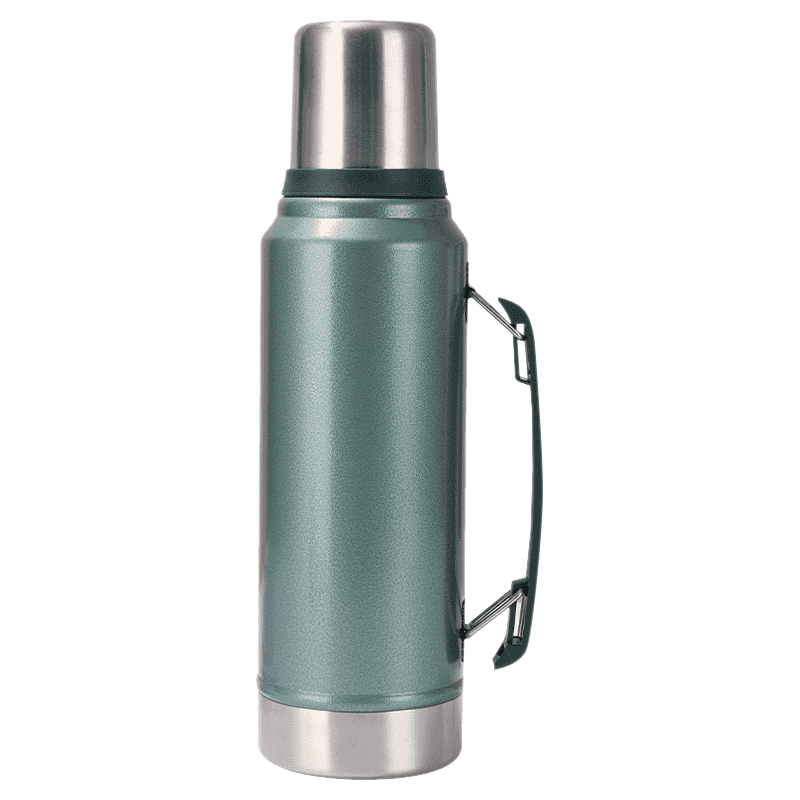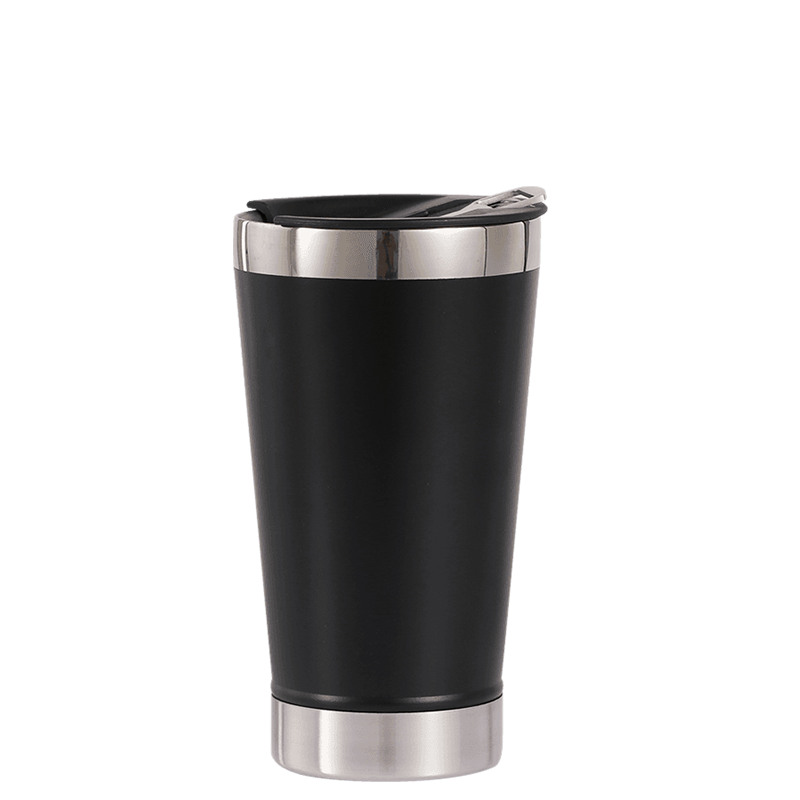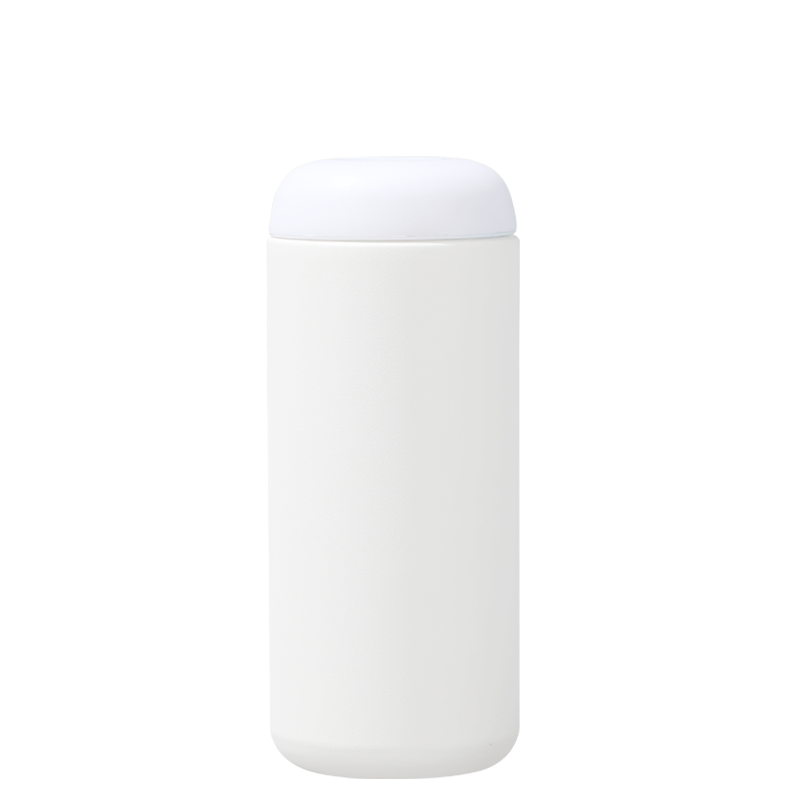
+86-13566758039

Industry News
If you pause between sips and ask, "What's the real difference between a regular bottle and a Sports Water Bottle?" you're asking the exact question that matters for performance, health, and the planet. A sports water bottle is more than a container: it's a purpose-built tool for movement — engineered for one-handed sips, fast refills, reliable seals, and materials that stand up to daily abuse. Changing climate conditions and plastic regulations are transforming hydration needs, making bottle selection a focused decision with notable consequences.
What is Sports Water Bottle?
A sports water bottle is a specially designed container that is used to carry water or other beverages during physical activities, workouts, and outdoor sports. These bottles are typically lightweight, durable, and feature designs that make them easy to carry and use during exercise. They are an essential item for staying hydrated, helping athletes and fitness enthusiasts maintain peak performance and energy levels.
What problem does a Sports Water Bottle solve?
1. Hydration on demand: When movement or heat accelerates fluid loss, having easy access to water avoids performance drop and heat-related risk.
2. One-handed usability: Sports bottles are designed so you can drink without stopping — a practical advantage for runners, cyclists, and weight-trainers.
3. Temperature control and contamination prevention: Insulation and secure seals let you keep cold fluids cold and minimize exposure to dirt and germs.
4.Sustainability and repeat use: Reusable sports bottles substitute for disposable bottles and signal environmental values to customers and communities. Market trends and industry reporting show this shift toward reusable, durable hydration solutions.
Which features make a sports bottle worth buying and keeping?
1. Ergonomics and grip
Contoured bodies and non-slip exteriors make the bottle holdable during sweat or motion.Consider slender mid-sections for bike cages and wider bases for stability.
2. Cap and spout design
One-piece spouts with push/pull or flip mechanisms are fastest.Straws or sip tubes reduce the need to tilt the bottle and limit spills.
3. Leak-proof sealing systems
Multi-part lids with seated gaskets and reliable threading are standard for travel and bag use. Leaks often originate from poorly seated seals. Implement scheduled gasket checks to address this issue.
4. Insulation options
Single-wall bottles trade weight for slimness; double-wall vacuum designs hold temperature longer. Choose based on activity length and climate.
5. Materials and safety
BPA-free polymers and food-grade stainless steel are the default choices. Material selection affects weight, taste transfer, and scratch resistance.
How should I choose the right material when choosing a bottle?
Material Comparison Table
| Material | Advantages | Limitations |
|
Polymer Materials |
Cost-efficient raw material pricing; Low product weight for improved portability; High design flexibility for ergonomic shaping; Strong manufacturing margins | Surface abrasions may harbor microbial growth; Lower thermal stability versus metal alternatives; Reduced scratch resistance over time |
| Premium Copolymers (Tritan & similar) | Crystal clarity that maintains product visibility; Enhanced impact and shock resistance; BPA-free composition (market-recognized attribute) | Elevated per-unit material cost; Potential for retained odors with improper maintenance; Reduced chemical resistance versus glass or stainless steel |
|
Stainless Steel (food-grade variants) |
Superior structural longevity; Minimal flavor transfer to contents; Direct compatibility with vacuum-insulation technology; Inherent corrosion resistance | Increased product weight compared to polymers; Higher tooling and welding equipment requirements; Significant per-unit manufacturing cost premium |
| Coated Aluminum Systems | Optimal weight-to-strength ratio; Metallic tactile experience; Competitive production costs at scale | Mandatory interior protective lining increases complexity; Coating integrity is critical for taste and corrosion prevention; Heightened quality control demands; Limited compatibility with insulation solutions |
Where should you look when you suspect your bottle is contaminated?
1. The Mouthpiece/Sip Spout & Straws: This direct contact point with your mouth is ground zero for bacterial transfer. Saliva introduces microbes constantly. Intricate nozzle mechanisms, tiny straw openings, and internal seals create perfect, hard-to-clean traps for residue and germs.
2. The Lid's Underworld: Pop-up mechanisms, screw threads, and especially silicone or rubber gaskets/seals are notorious moisture traps. Dark, damp, and often forgotten during a quick rinse, these areas are prime real estate for biofilm – a slimy layer of thriving bacteria and mold.
3. Internal Crevices & Scars: The bottle's inner walls and bottom develop micro-scratches over time, especially in plastic variants. These tiny imperfections become fortresses for bacteria, shielding them from casual cleaning. Residual moisture or lingering traces of sports drinks provide an all-you-can-eat buffet.
4. Warm, Dark Havens: Leaving your bottle in a hot car, gym bag, or by a sunny window accelerates bacterial reproduction exponentially. Warmth turns your bottle into a microbial incubator.

How to eliminate stubborn smells?
This can be done in the following order:
1. Disassemble completely. Remove gaskets, spouts, and straws.
2. Rinse with hot water to remove loose residue. Hot water helps loosen films.
3. Soak with a basic cleaner. Fill the bottle with warm water plus a few drops of dish soap, swirl and let sit briefly, then scrub with a bottle brush.
Here's how to wage war against persistent odors:
1. The Deep Soak Offensive: Start with a warm water and dish soap soak (several hours or overnight). For tougher odors, escalate:
2. Vinegar Power: A white vinegar and warm water solution is a potent deodorizer. Soak for 10-15 minutes minimum, then rinse thoroughly with hot water.
3. Baking Soda Blitz: Create a paste with baking soda and water. Scrub the interior vigorously, especially focusing on the smell's epicenter. Let it sit before rinsing. For stubborn cases, combine vinegar and baking soda inside the bottle (expect fizzing!), top with water, soak for an hour, then rinse meticulously.
4. Citrus & Salt Scrub: Lemon juice or vinegar combined with coarse salt and hot water creates a gentle abrasive and acidic solution. Shake well and soak.
3. Sunshine Salvation: After any deep clean, let your bottle air dry completely in direct sunlight. UV rays are naturally antimicrobial and help eliminate residual odors.
How to tell if there is mold in bottle?
Mold thrives in the dark, damp environment your bottle can provide. It's not always visible! Be vigilant for these signs:
1. Visible Invasion: Fuzzy or slimy patches (black, green, pink, white) on the bottle walls, lid underside, or seals/straws.
2. The Sniff Test: A persistent musty, earthy, or generally "off" smell, even after washing.
3. Cloudy Concerns: Water that looks murky or has floating particles shortly after filling a cleaned bottle.
4. Residue Reality: A slippery or filmy feeling on the interior surfaces.
5. Taste Tells: Water that tastes strange, stale, or unpleasant.
How does vacuum insulation work?
Vacuum double-wall: Two metal walls with a vacuum gap prevent heat exchange by conduction and convection. Good vacuum designs minimize condensation and keep cold drinks colder over longer sessions.
Internal surface treatments: Low-emissivity coatings inside reduce radiative heat transfer.
Found Mold? Don't Panic, Act!
STOP drinking from it immediately.
Disassemble completely (lid, straw, gaskets, spout).
Deep Clean: Use one of the intensive methods above (Vinegar, Baking Soda Paste, or very diluted Bleach solution). Ensure every single part, especially gaskets and straw interiors, is scrubbed.
Rinse & Dry: Rinse all components under hot running water until completely free of cleaning solution. Air dry completely in a well-ventilated area or sunlight before reassembly. Dampness invites mold back instantly.
Your email address will not be published. Required fields are marked *








* Your email is safe with us, we don't spam.


Our company's products include vacuum flasks, beer mugs, coffee mugs, car tumbler, fire stove and tensile parts, etc.
Phone: +86-13566758039
Tel: +86-0579-87171178
Fax: +86-0579-87171178
E-mail: [email protected]
Add: No.29, Qiaodong Road, Qiaotouzhou Village, Longshan Town, Yongkang, Jinhua, Zhejiang, China.

 English
English 中文简体
中文简体 日本語
日本語 Français
Français Español
Español